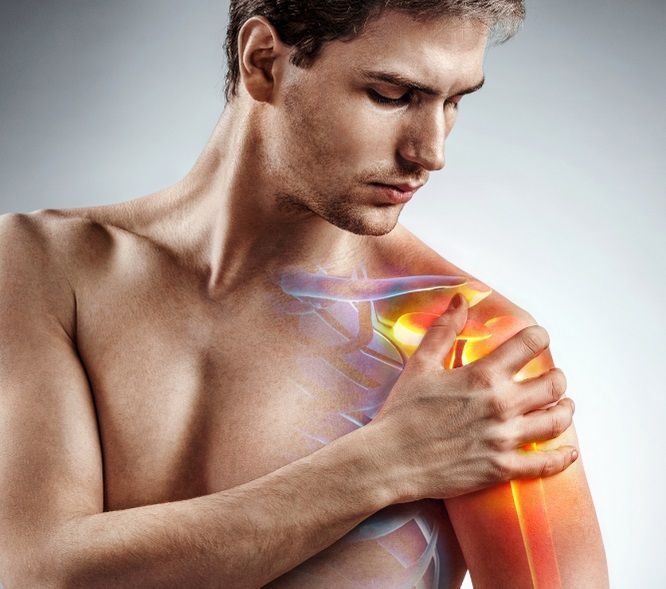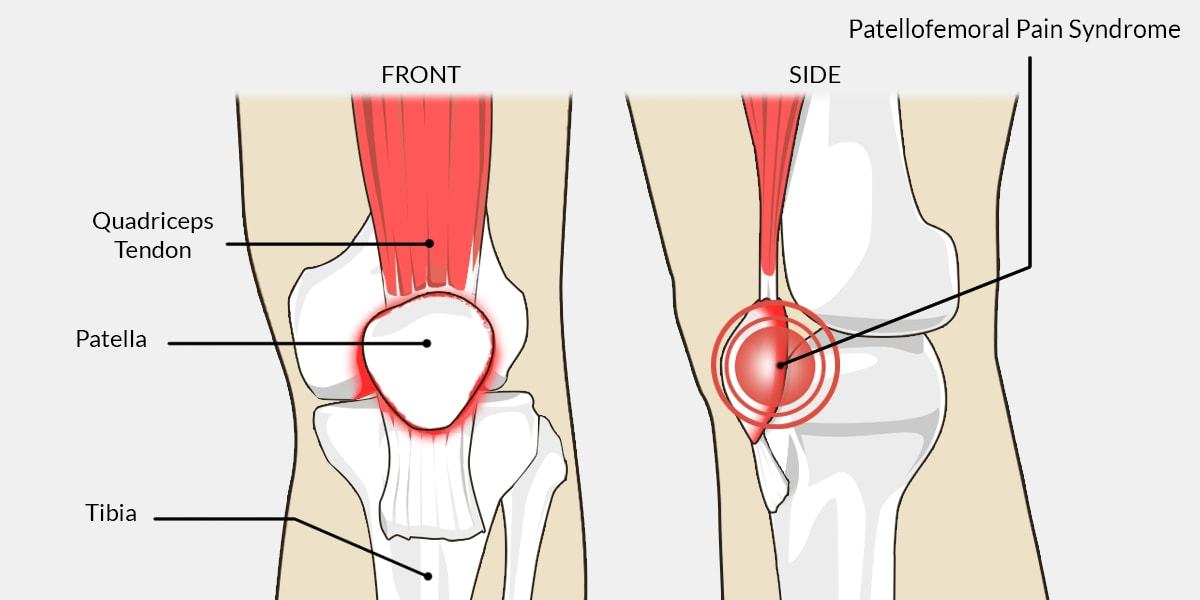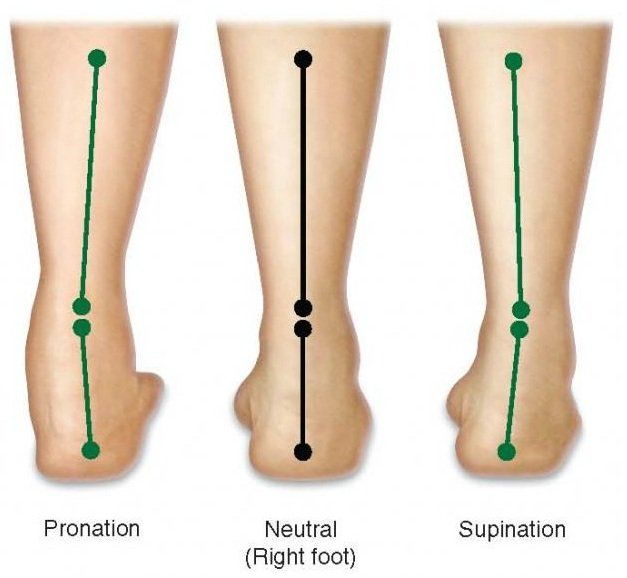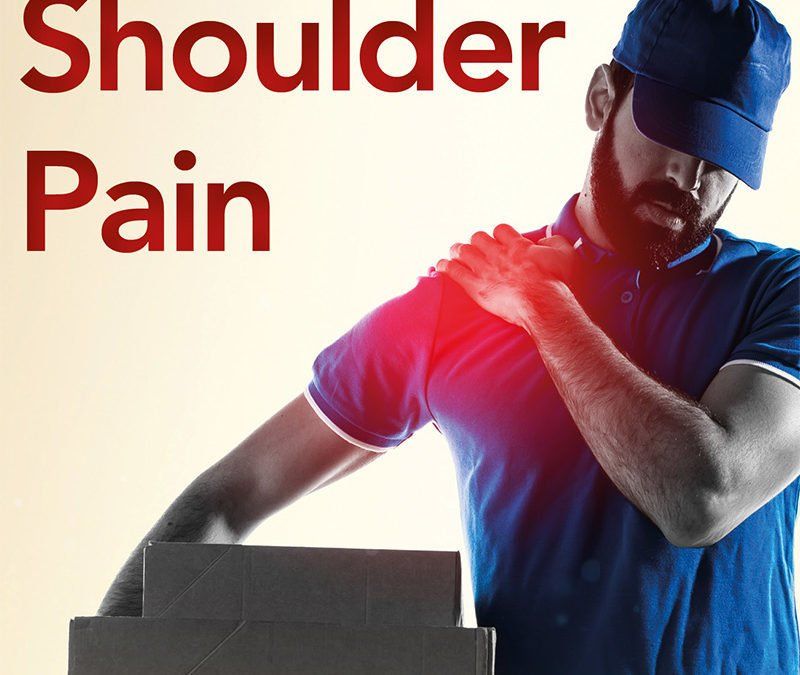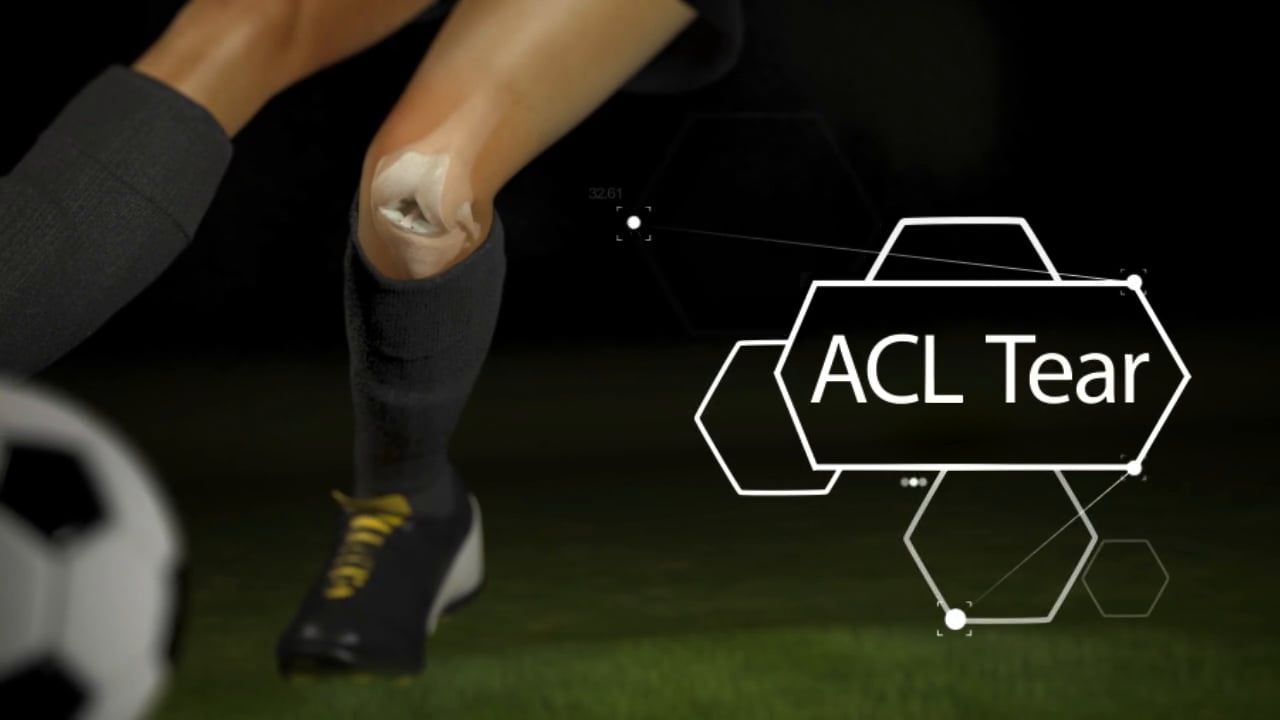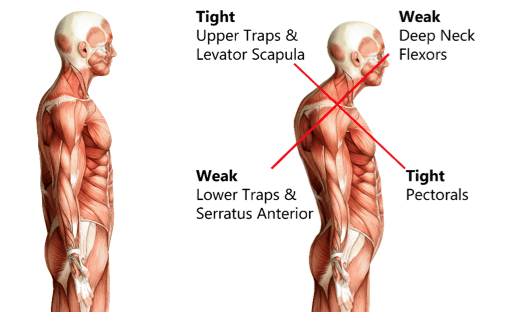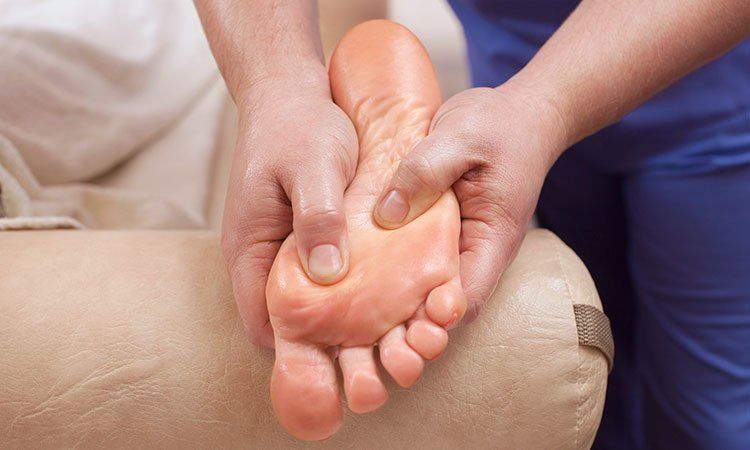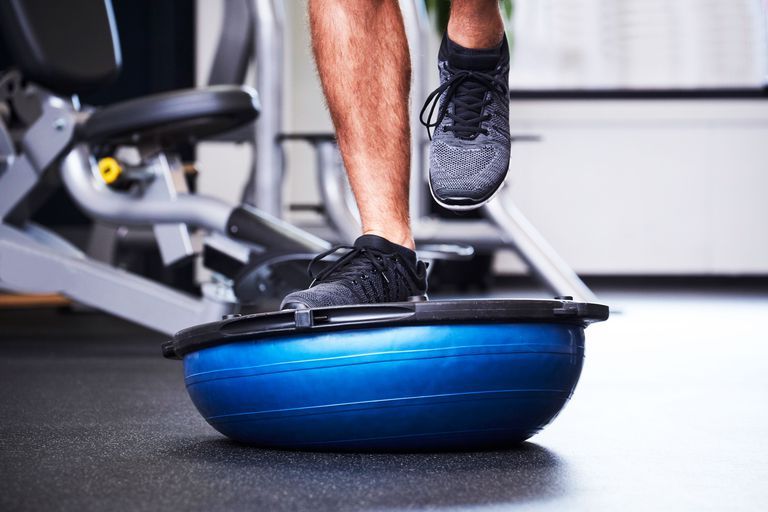Exploring the Difference: Sports Massage vs. Deep Tissue Massage
Introduction
Welcome to an in-depth exploration of the distinctions between sports massage and deep tissue massage. In this article, we will delve into 5 detailed subtopics to provide you with a comprehensive understanding of these two massage techniques. Whether you're an athlete looking for muscle recovery or simply seeking relaxation, knowing the difference is essential to choose the right massage therapy for your needs.
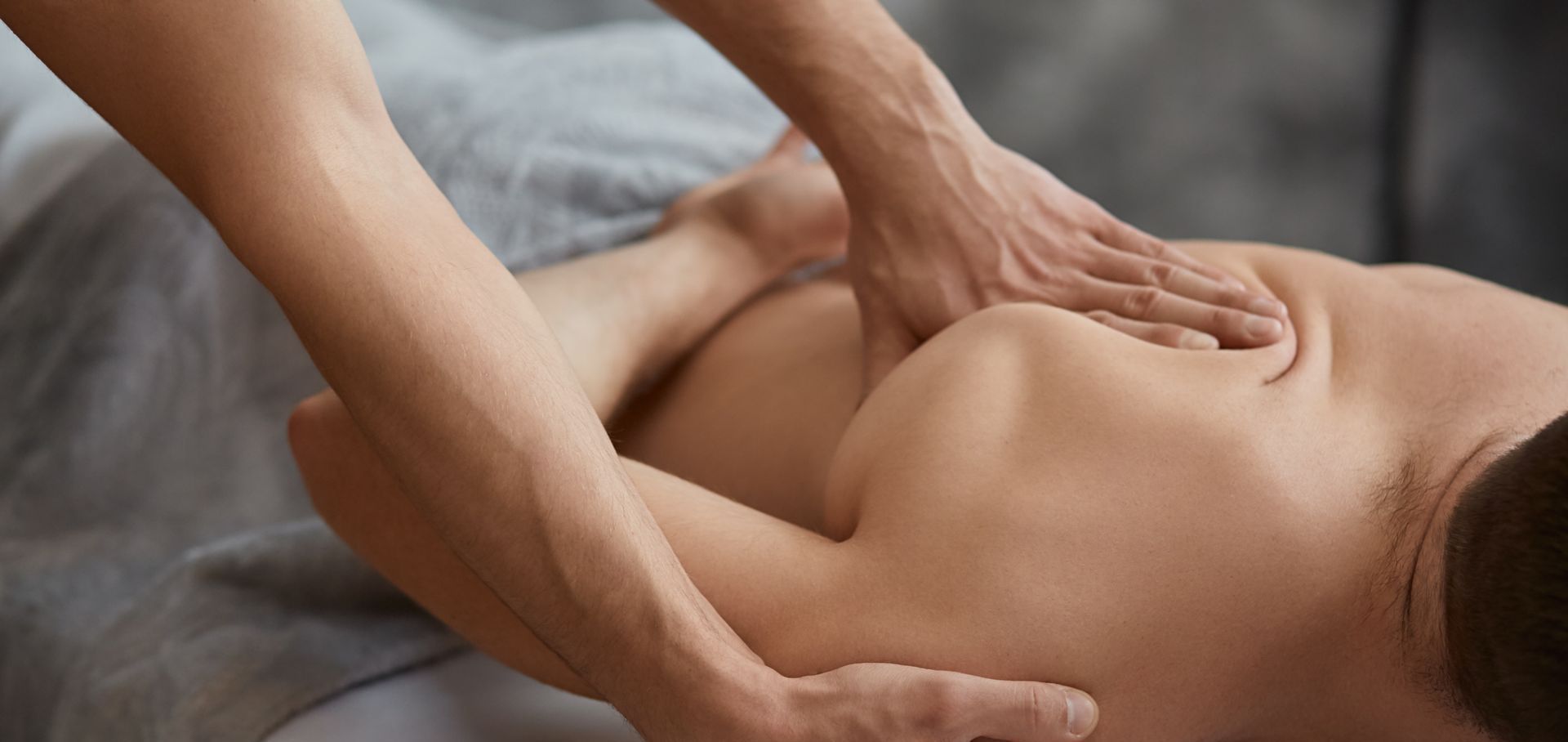
What is the difference between sports massage and deep tissue massage?
Sports Massage
Sports massage is a targeted therapy designed to enhance athletic performance and aid in recovery. It focuses on specific muscle groups used during physical activities and typically incorporates various techniques like stretching and joint mobilization.
Deep Tissue Massage
Deep tissue massage, on the other hand, is a therapeutic technique that works on the deeper layers of muscles and fascia. It uses slow, firm strokes to release tension and alleviate chronic pain.
The Key Distinctions
1. Purpose and Target Audience
Sports Massage
- Target Audience: Athletes and individuals involved in regular physical activities.
- Purpose: Enhance performance, prevent injuries, and aid recovery.
Deep Tissue Massage
- Target Audience: Individuals with chronic pain or muscle tension.
- Purpose: Alleviate chronic pain, release muscle tension, and improve flexibility
2. Techniques Applied
Sports Massage
- Techniques: Stretching, joint mobilization, and quick, rhythmic strokes.
- Benefits: Improved flexibility, increased blood flow, and enhanced muscle performance.
Deep Tissue Massage
- Techniques: Slow, sustained pressure with deep strokes.
- Benefits: Release of chronic muscle tension and pain relief.
3. Pressure Level
Sports Massage
- Pressure: Moderate to deep, but not as intense as deep tissue massage.
Deep Tissue Massage
- Pressure: Deep and intense, focusing on the underlying muscle layers.
4. Duration of the Massage Session
Sports Massage
- Session Length: Usually shorter, ranging from 30 to 60 minutes.
Deep Tissue Massage
- Session Length: Typically longer, lasting 60 to 90 minutes.
5. Pre-Event vs. Post-Event
Sports Massage
- Timing: Often administered before a sports event to prepare the body.
- Goal: Enhance performance and reduce the risk of injury.
Deep Tissue Massage
- Timing: Effective for post-event recovery and chronic pain management.
- Goal: Alleviate chronic pain and muscle tension.
FAQ
Q: Can I receive a sports massage even if I'm not an athlete?
A: Absolutely, sports massages are not exclusively for athletes. They can benefit anyone with muscle tension or stress.
Q: Is deep tissue massage painful?
A: It can be slightly uncomfortable due to the firm pressure, but it should never be excessively painful. Always communicate your comfort level with the therapist.
Q: How often should I get these massages?
A: For sports massage, it can vary depending on your activity level, but deep tissue massages are typically recommended every 1-2 weeks for chronic issues.
Q: Which massage is more relaxing?
A: Deep tissue massage is more effective for relaxation due to its focus on relieving tension in deeper muscle layers.
Q: Can these massages help with injury recovery?
A: Yes, both sports and deep tissue massages can aid in injury recovery, but sports massage is better for injury prevention.
Q: Are there any contraindications for these massages?
A: If you have certain medical conditions, it's crucial to consult with your healthcare provider before getting either type of massage.
Conclusion
In conclusion, understanding the difference between sports massage and deep tissue massage is crucial for making an informed decision regarding your wellness needs. While sports massage is geared towards athletes and enhancing performance, deep tissue massage is more therapeutic, focusing on pain relief and muscle tension. Both can be highly beneficial, depending on your specific requirements.
For a tailored massage experience, always communicate your needs and preferences with a qualified massage therapist. So, the next time you book a massage, you'll have a clear understanding of what to expect, ensuring a satisfying and relaxing experience.
